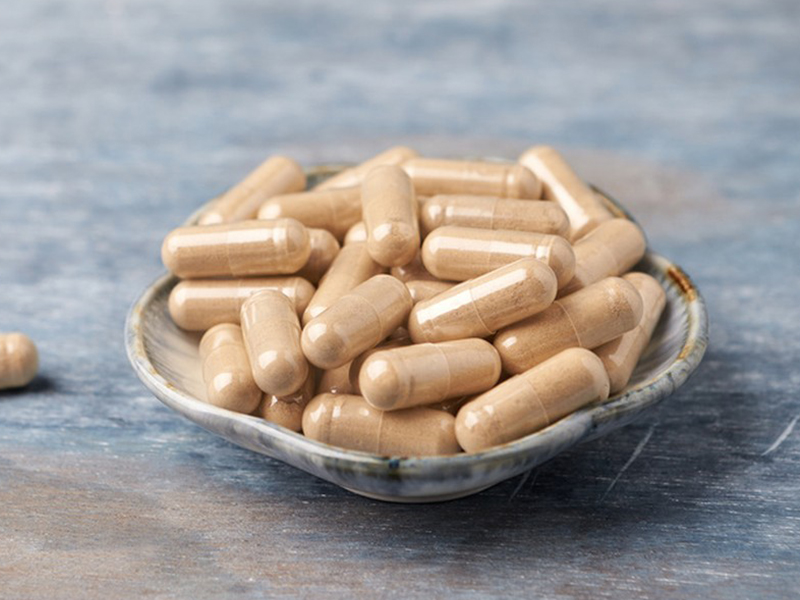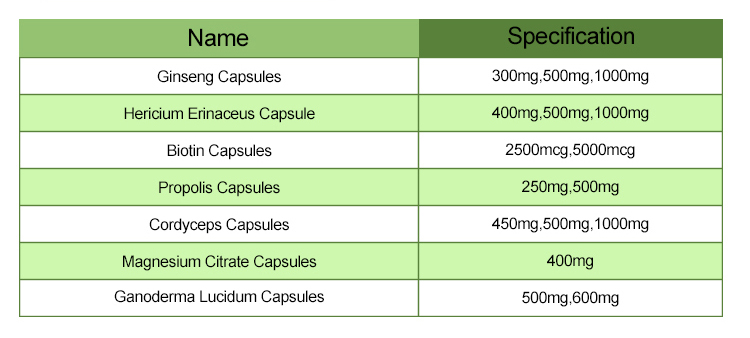Creating ginseng capsules involves several steps, including sourcing high-quality ginseng, processing it into a suitable form for encapsulation, and then encapsulating it into the desired dosage. Here’s a general outline of the materials and methods involved:
Materials for Ginseng Capsules:
1.Ginseng: You’ll need high-quality ginseng root or extract. Ginseng can be sourced from reputable suppliers or cultivated if you have the resources.
2.Capsules: Empty gelatin or vegetarian capsules, depending on your target market.
3.Equipment:
Grinder or pulverizer for grinding ginseng into a fine powder.
Capsule filling machine.
Weighing scale.
Clean, dry containers for storage.

Methods for Ginseng Capsules:
1.Selection and Preparation of Ginseng:
Choose high-quality ginseng roots or extracts. Ensure they are free from contaminants and properly dried.
If using ginseng roots, clean them thoroughly to remove any dirt or debris.
2.Processing Ginseng:
Grind the ginseng roots or extract into a fine powder using a grinder or pulverizer. This increases the surface area, aiding in absorption and ensuring uniform distribution in each capsule.
Optionally, you may standardize the concentration of active ingredients through extraction techniques like ethanol extraction or supercritical CO2 extraction.
3.Capsule Filling:
Set up the capsule filling machine according to the manufacturer’s instructions.
Carefully weigh the appropriate amount of powdered ginseng for each capsule. The dosage will depend on the concentration of active ingredients and the desired strength of the capsules.
Fill the empty capsules with the measured ginseng powder using the capsule filling machine. Ensure that each capsule is properly filled without overpacking or underpacking.
4.Quality Control:
Conduct quality control checks to ensure the capsules meet safety and efficacy standards. This may include testing for purity, potency, and microbiological contamination.
Label each bottle/container with the necessary information, including the dosage instructions, expiration date, and any relevant warnings or precautions.

5.Packaging and Storage:
Package the filled capsules in clean, airtight containers to protect them from moisture and contaminants.
Store the capsules in a cool, dry place away from direct sunlight. Proper storage helps maintain the stability and shelf life of the product.
6.Regulatory Compliance:
Ensure compliance with relevant regulations and guidelines governing the manufacturing, labeling, and marketing of dietary supplements in your jurisdiction.
By following these materials and methods, you can produce high-quality ginseng capsules that meet safety, efficacy, and regulatory standards.
